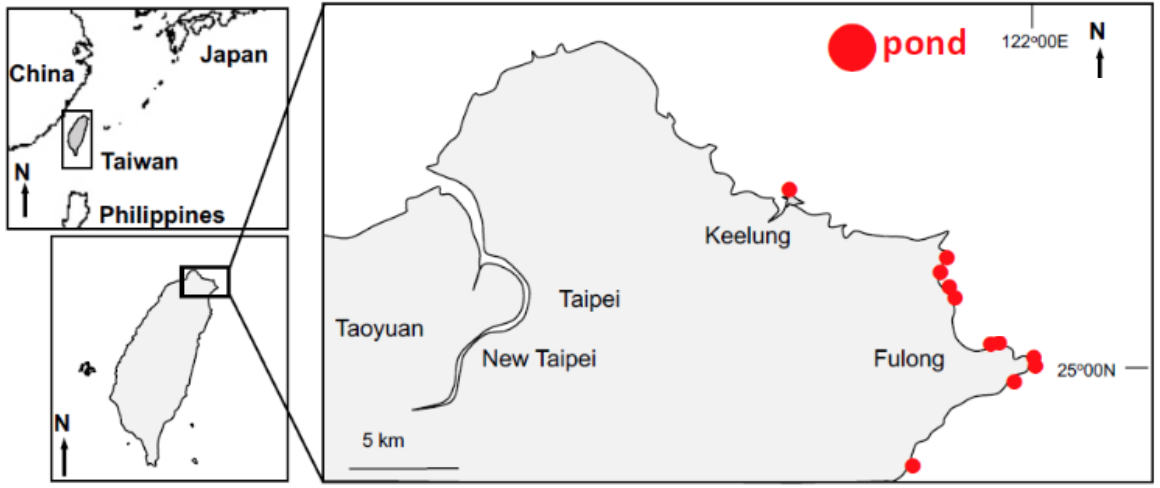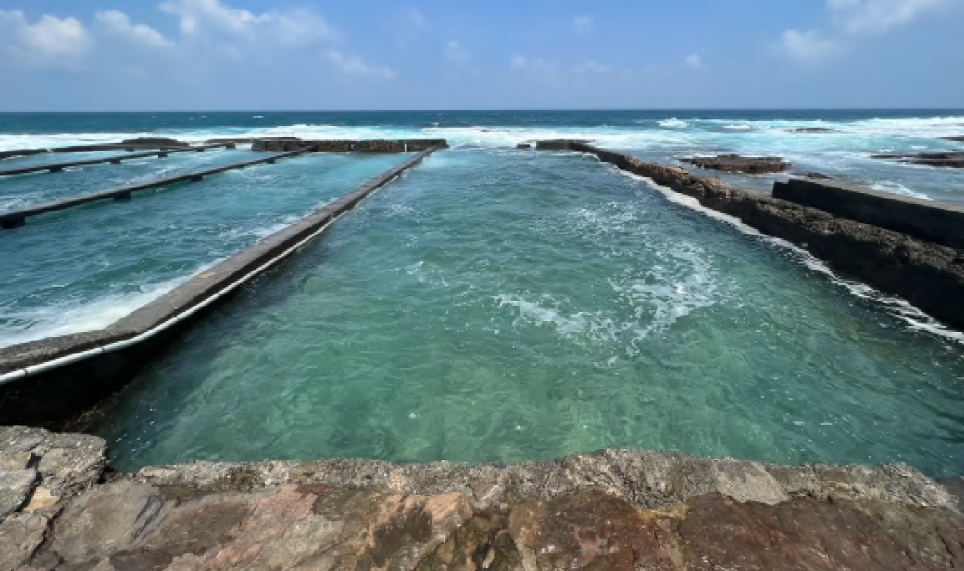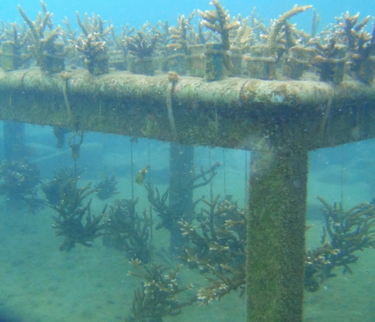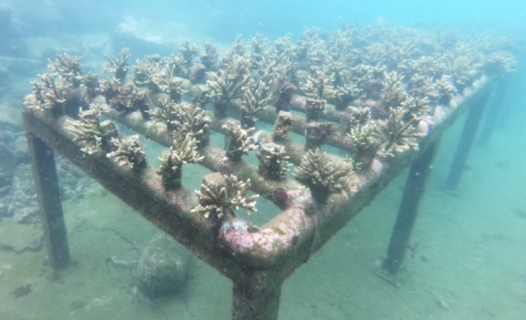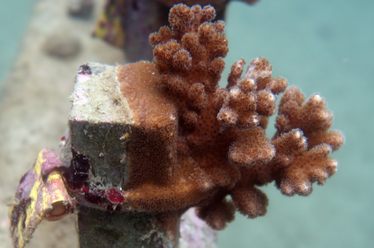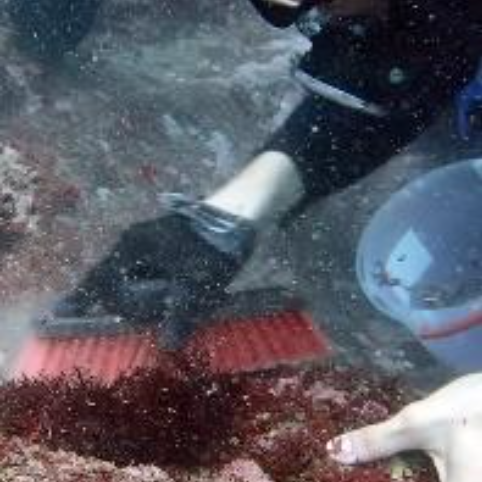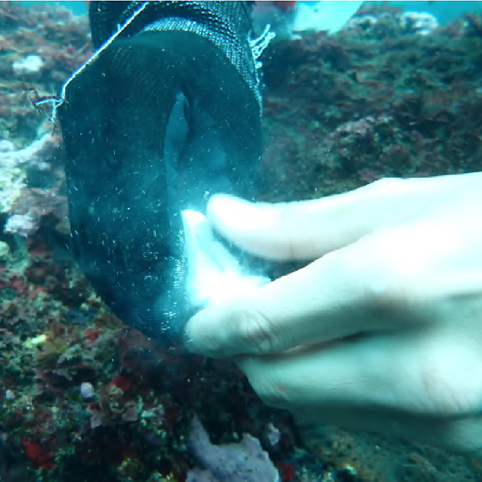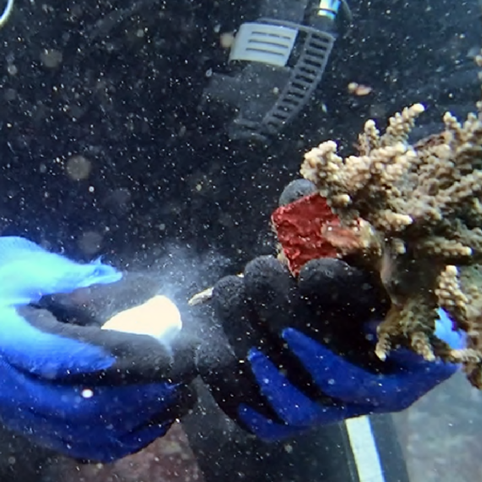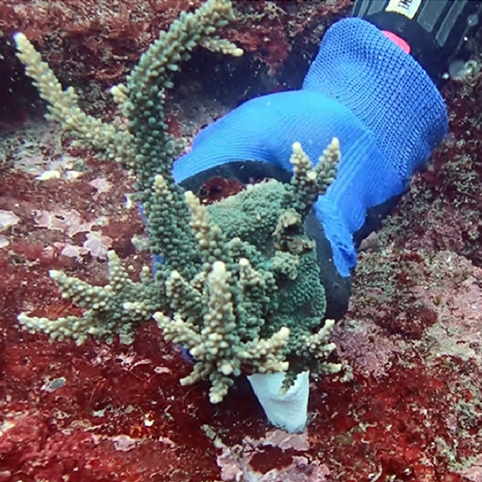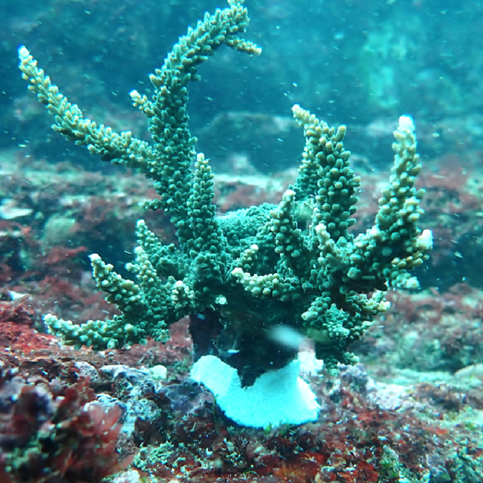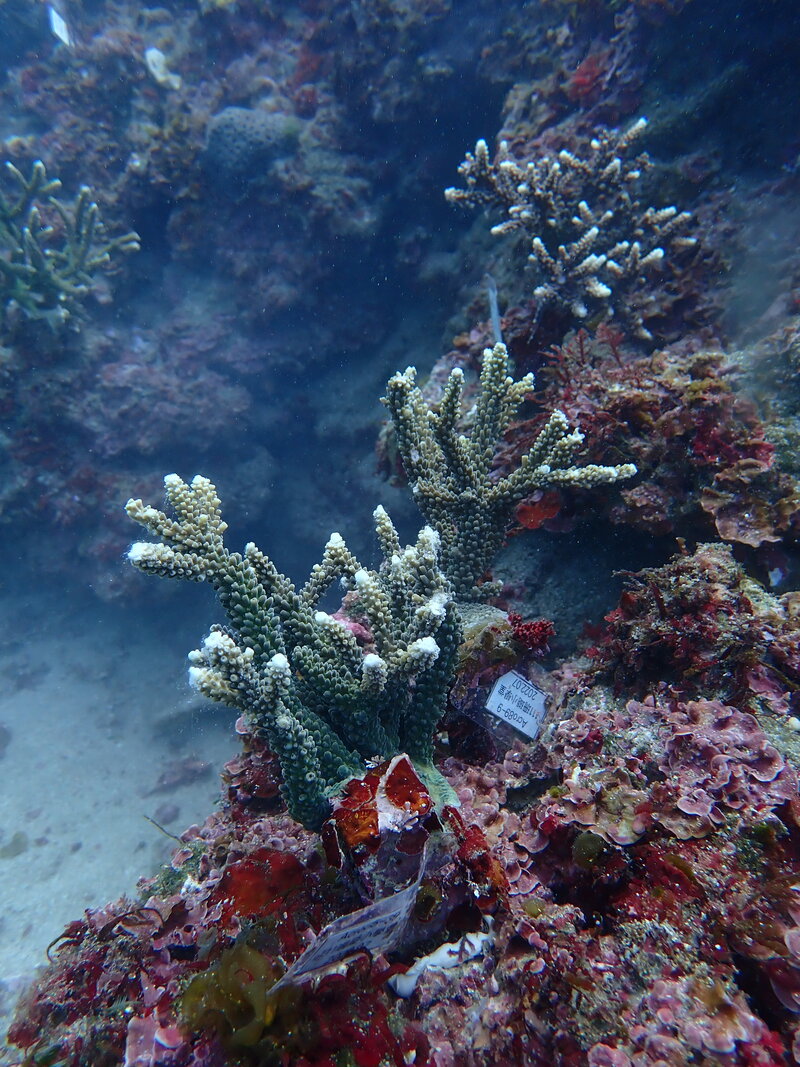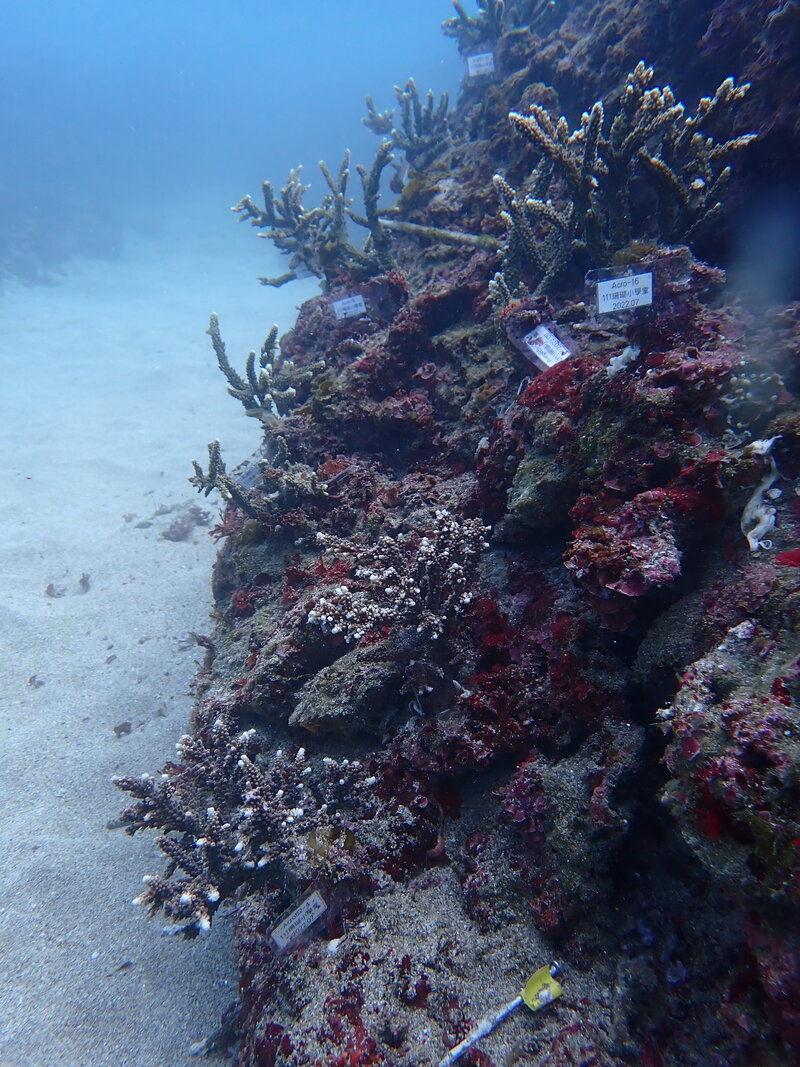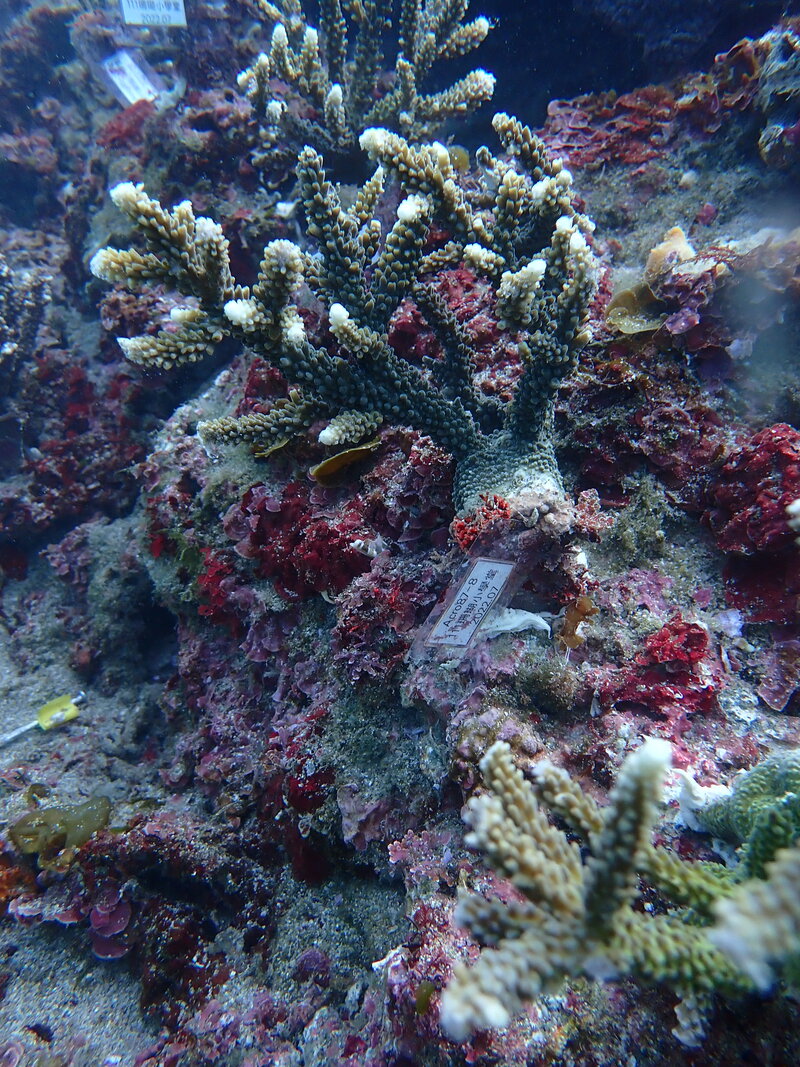|
7/11/2023 0 Comments National Taiwan Ocean University"So far, SeaTak™ has been highly effective! We transplanted 21 Acropora fragments to a site near our coral farm in May; after a typhoon passed by Taiwan in early June, all of the outplanted fragments were accounted for (they did not budge!). This is a great improvement upon epoxy, which at times does not withstand such disturbances. "
The team at National Taiwan Ocean University borrowed techniques developed in Okinawa, Japan for coral propagation whereby corals are nurtured in natural environments on table structures raised up from the ocean floor. Growing corals on underwater tables minimizes sedimentation damage and damage caused by natural enemies. Their lab develops and implements techniques for coral aquaculture and restoration as well as conducting basic coral research and organizing marine education efforts.
Issues that occur:
SolutionAs a result there is a need and a desire to develop alternative techniques for outplanting. This is where SeaTak™ comes into the picture. With SeaTak™ in an underwater caulk tube, they can apply adhesive and stick the coral to the reef in one step with a one hand operation addressing all the issues identified. Results
0 Comments
Your comment will be posted after it is approved.
Leave a Reply. |


